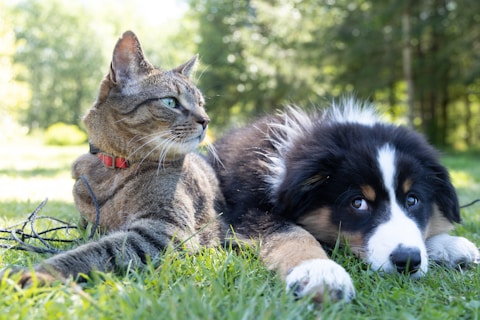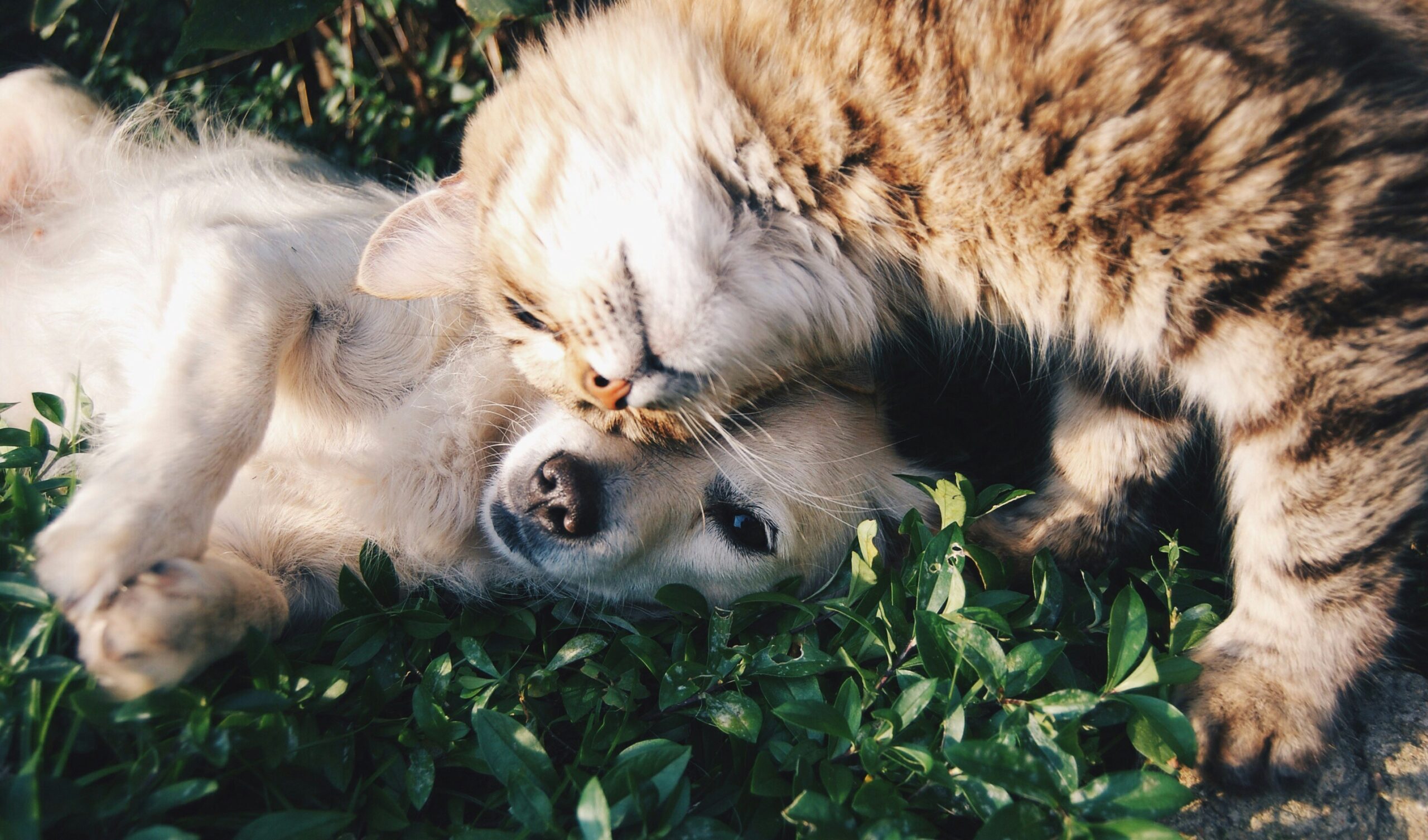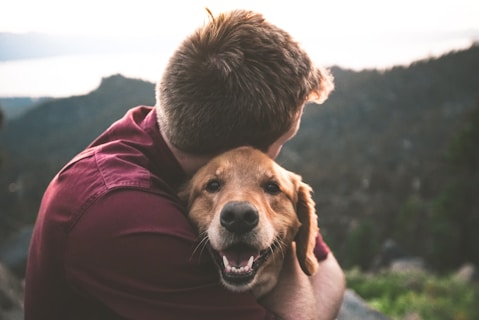Training your new dog is one of the most important steps to ensure a happy, harmonious relationship. Good training not only teaches your dog what behaviors you expect, but it also builds communication, trust, and respect. Whether you’re welcoming a playful puppy or an adult rescue, starting training early lays the groundwork for a confident, well-mannered companion.
Why Training Matters
Training helps your dog understand what is acceptable behavior and what isn’t. Without clear guidance, dogs may develop habits that are frustrating or even dangerous, such as excessive barking, chewing, or running away. Moreover, training strengthens your bond by improving communication and making everyday life easier and more enjoyable.
The Foundation: Positive Reinforcement
Modern dog training focuses on rewarding good behavior rather than punishing bad behavior.
- Use treats and praise: Reward your dog immediately when they do something right.
- Keep training sessions short: 5-10 minute sessions several times a day work best to maintain your dog’s focus.
- Be consistent: Use the same commands and expectations every time.
- Patience and calmness: Never shout or physically punish; it can cause fear and confusion.
Basic Commands to Start With
Start with simple commands that are useful in everyday life:
- Sit: Teaches your dog impulse control and can prevent jumping on people.
- Stay: Helps your dog learn patience and safety around roads or other hazards.
- Come: Critical for recall and keeping your dog safe off-leash.
- Down: Encourages calmness and submission.
- Leave it: Prevents your dog from picking up dangerous or unwanted objects.
Socialization: Teaching Your Dog to Thrive Around Others
A well-socialized dog is less likely to develop fear or aggression. Socialization means exposing your dog safely and gradually to a variety of people, animals, sounds, and environments.
- Start early: Puppies should begin socialization between 3 and 14 weeks old for best results.
- Controlled exposure: Introduce new experiences calmly, rewarding your dog for relaxed behavior.
- Use positive associations: Treats and praise help your dog associate new things with good feelings.
- Avoid overwhelming: Too much too soon can backfire; go at your dog’s pace.
Common Training Challenges and Solutions
- Inconsistent rules: Make sure all family members use the same commands and rules.
- Distractions: Practice commands in quiet environments before moving to busier areas.
- Chewing and biting: Provide plenty of chew toys and redirect unwanted chewing.
- Jumping: Teach polite greetings using “sit” before petting.
- Barking: Identify triggers and use commands like “quiet” paired with rewards.
When to Seek Professional Help
Sometimes professional trainers or behaviorists are needed, especially with:
- Aggression toward people or dogs
- Severe anxiety or fear issues
- Persistent disobedience
- Complex behavior problems
A certified professional can tailor training to your dog’s unique needs.
Training Tools: What You Need
- Clicker: For clicker training, a precise way to mark good behavior.
- Treat pouch: Keeps rewards handy during walks and training.
- Leash and harness: Helps maintain control and guide your dog.
- Crate: Useful for house training and safe confinement.




